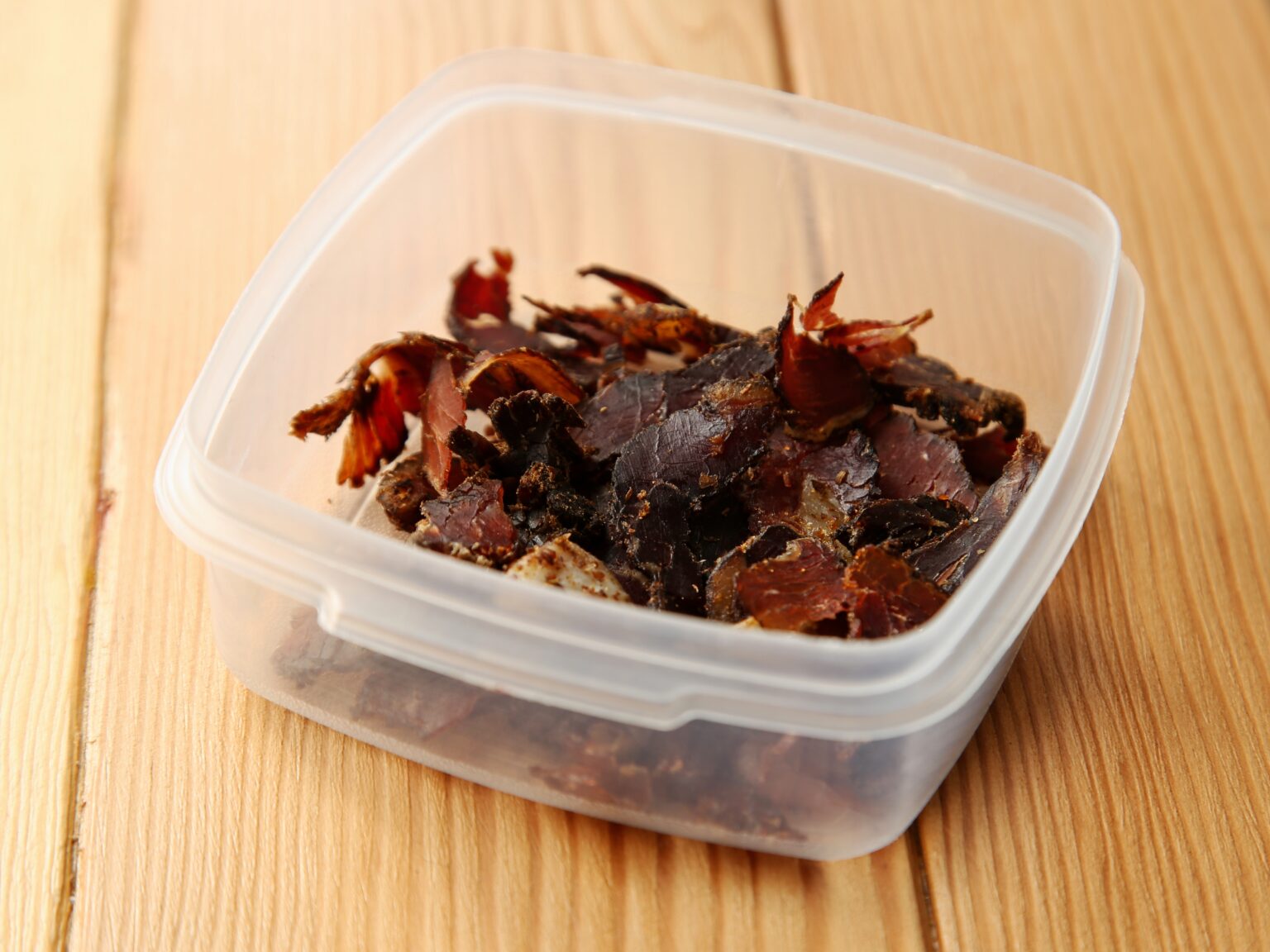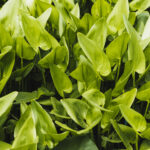South Africa is a country rich in cultural diversity and culinary delights. One such delicacy that captures the essence of South African cuisine is biltong. Biltong is a dried meat snack that has been enjoyed by locals for centuries and has gained popularity worldwide. What sets biltong apart from other dried meat products is its unique texture, which adds to its charm and appeal.
Biltong is traditionally made from beef, although variants using game meat, such as venison, ostrich, or even fish, can also be found. The meat is typically cut into long, thin strips and marinated in a mixture of vinegar, salt, and various spices. The marinated meat is then air-dried in a controlled environment for several days, allowing it to develop its distinctive texture.
The first thing that strikes you when you bite into a piece of biltong is its firmness. Unlike jerky, which can be quite chewy, biltong has a more tender and succulent texture. The meat is sliced against the grain, which helps to break down the fibers and create a softer bite. This texture is achieved through a careful balance of drying time and moisture content, resulting in a product that is neither too tough nor too soft.
The drying process also contributes to the unique texture of biltong. Unlike traditional methods of air-drying, biltong is often hung in a well-ventilated area with controlled temperature and humidity. This allows the meat to dry gradually while retaining its natural juices. As a result, biltong maintains a slight moisture content, giving it a softer, more velvety texture compared to fully dehydrated jerkies.
Another aspect that adds to the appeal of biltong is its versatility. The thickness of the meat can vary, ranging from thin strips to thicker chunks. This allows for different experiences when enjoying biltong. Thinner slices provide an immediate burst of flavor, while thicker pieces offer a more substantial, satisfying chew. The choice of spices and marinades also contributes to the variety of textures and tastes, with options ranging from mild and tangy to spicy and savory.
Biltong is not only beloved for its texture but also for its rich flavor profile. The combination of the marinade and spices imparts a depth of taste that varies from producer to producer and region to region. Common flavors include coriander, black pepper, garlic, and chili, which complement the natural flavors of the meat. The careful balance of seasoning enhances the overall experience, making each bite a delight for the senses.
When it comes to enjoying biltong, there are no hard and fast rules. It can be savored on its own as a snack, paired with cheese and crackers, or used as an ingredient in various dishes. Its versatility allows it to be incorporated into salads, sandwiches, and even pasta dishes, adding a unique twist to familiar recipes.
If you’re fortunate enough to visit South Africa, exploring the local markets and butcheries will offer you a chance to experience the true authenticity of biltong. However, biltong has also gained international recognition, and many specialty stores and online retailers now offer a wide range of options for those outside of South Africa to enjoy this delicacy.
In conclusion, biltong is not just a dried meat snack; it’s a culinary experience that combines unique flavors and textures. The tender, succulent bite, achieved through careful drying techniques, sets biltong apart from other dried meat products. Its versatility and rich flavor profile make it a beloved delicacy in South Africa and around the world. So, the next time you’re seeking an adventure for your taste buds, consider experiencing the unique texture of South African biltong.








